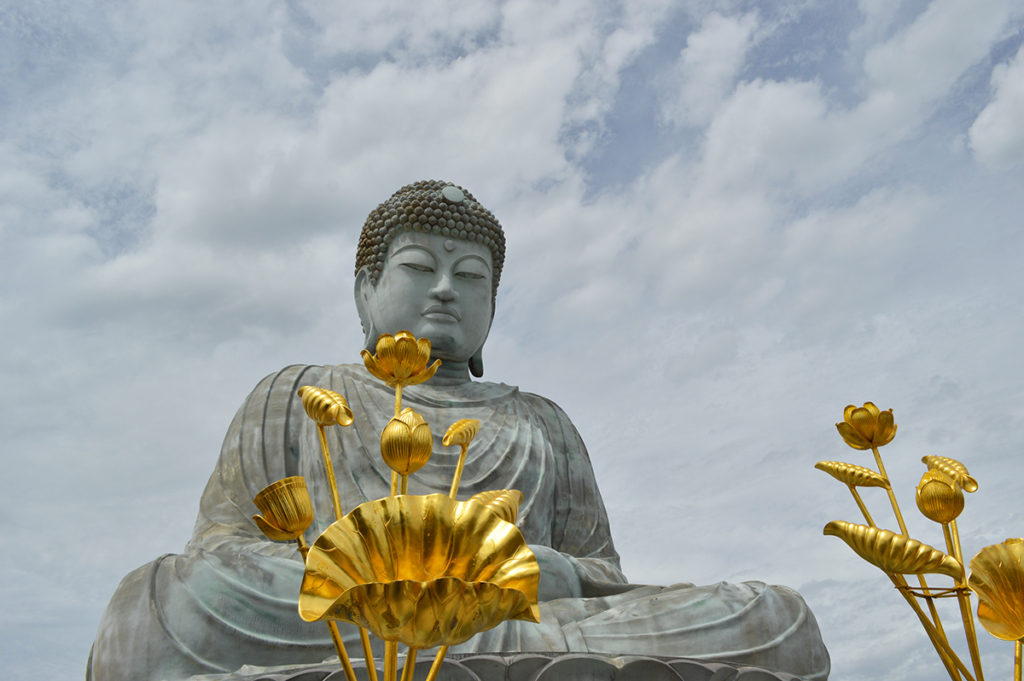Japan offers a great opportunity to look at both traditional and modern styles of architecture.
Japan, of course have the all important carpenters that design and create homes for people to live in. However, Japan also goes one step further and offers the masterpieces from “Miya-Daiku” which are carpenters who learn the ways to create Shrines and Temples. Then you also have the “Suukiya-Daiku” which are the highly skillful carpenters that design and traditionally create the Japanese tea rooms, and lately, boutique hotels and cafes. The Suukiya-Daiku is a professional in designing any building to allow natural light to flow through perfectly angled windows and archways. Besides the carpenters, Japanese designers and Architects along with their creations in Japan, bring many people to Japan. We are in the generation, where we can see Tradition perfectly merging itself with modern designs. Maybe, one of the most popular architects in Japan is Mr ANDO Tadao, who is famous for designing the Contemporary Art Island of Naoshima.
However, the Western influence of design and architect is also strong. The best example maybe, Frank Lloyd Wright. To create something in Japan in 1917, 1923 and again 1926 when Japan was still very conservative, it comes to me as nothing short of miracle and it made me want to see what Frank Lloyd Wright saw back in those years.
There are four distinct projects that Frank Lloyd Wright completed in Japan, with 3 in Tokyo and one in Hyogo Prefecture. Living only 10 minutes walk from the Hyogo property, and having something so magnificent so close, I needed to learn more. More than his talent for Design and Architecture, I wanted to see what and where Frank Lloyd went in his trips to Japan, the most notable being in 1905.
I followed his footsteps.
First location, Nofukuji Temple in Kobe City. Arriving here, I was taken back that I hadn’t been to this large Buddha Statue in Kobe before. Seeing the photo of the Buddha statue that Frank Lloyd saw, I immediately realized that this Buddha Statue was the decendant of the original one. The original one had to be melt down to make bullets for World War 2. Never the less I was standing in the same location Frank Lloyd Wright was, and had a sense of inspiration
Next location is a World Heritage Site Temple in Kyoto, that I had already been to several times and personally know the Monks. Knowing the history and importance of this Temple like the back of my hand, I was shocked that I didn’t know that Frank Lloyd Wright had been here. Of course, when he ventured here it was not a World Heritage, but I am equally sure he saw the beauty that (in particularly) the Japanese Garden has. Standing in the same position and also taken a similar angle photo gave me a great sense of pride.
In central Kyoto, Frank Lloyd Wright also made a visit to the Chion-in Temple. Once again, standing in the same position as Frank Lloyd Wright and seeing the same building (albeit a little newer and larger due to refurbishments) I became to see Japan as a place that offers not only a lot of spiritual inspiration, but also inspiration to create something new.
A few years before following the steps of Frank Lloyd Wright, I also made it to the Korakuen Gardens of Okayama. Korakuen Garden is one of the 3 most beautiful gardens in Japan. Once again my path crossed where Frank Lloyd Wright also had been. The photos of Korakuen Gardens that Frank Lloyd Wright took, and the photos I took, just reiterated that fact that nothing stays the same, but everything gets more beautiful and merges itself with the “modern times” perfectly. Frank Lloyd Wright also went to Nagoya, Yokohama and other locations, so was obviously enchanted with Japan, which I am sure many current travelers to Japan are also. No matter what country you go to, or what your purpose is for going to that country, it always is good to do a little research which prior to your arrival. If you are a fan of architecture, or want to see a different side of Japan, the points mentioned here may offer a little inspiration to you also.

Comments are closed